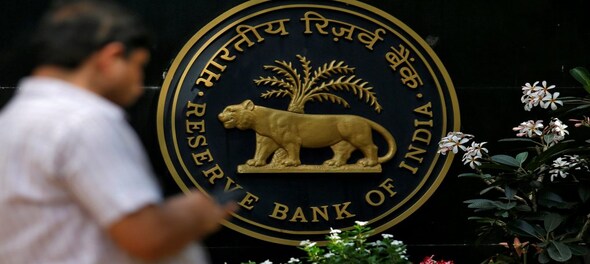
The Reserve Bank of India on Monday released its financial stability report and it has received much publicity for its conclusion that NPAs of the banks have finally started declining.
The asset quality of banks showed improvement with gross non-performing assets' (GNPAs) ratio declining to 10.8 percent in September 2018 from 11.5 percent in March 2018, the report said.
The net NPAs ratio also witnessed a fall at 5.3 percent in September 2018 as against 6.2 percent in March 2018, it said.
"In a sign of possible recovery from the impaired asset load, the GNPA ratio of both public and private sector banks showed a half-yearly decline, for the first time since March 2015, the fiscal year-end prior to the launch of asset quality review (AQR)," the report added.
GNPAs of state-run lenders improved to 14.8 percent in September 2018 from 15.2 percent in March 2018, the report said. Private sector banks saw gross NPAs falling to 3.8 percent in September 2018 from 4 percent in March 2018.
But there are a few risks to the financial system which have not received attention. Some of the risks that are mentioned are global liquidity tightness, fiscal deficits of the centre and states that are rising, current account deficit, rising role of NBFCs and mutual funds etc.
To discuss these issues, CNBC-TV18 is in conversation with Pronob Sen, former chief statistician and former principal advisor to the planning commission; G Padmanabhan, non-executive chairman, Bank of India; RK Bansal, MD, Edelweiss Arc and Ananth Narayan, professor, SP Jain Institute of Management and Research.
Ananth Narayan said, “The starting point is that the secondary market liquidity is very low in comparison to the actual holdings of mutual funds and other financial institutions. The total assets under management (AUM) of mutual funds is about Rs 24 trillion of which between Rs 13 and 14 trillion is hedge in corporate debt."
Pronob Sen said, “The point that has been made by Ananth Narayan is the issue of liquidity and the question of not having a lender of last resort. The fact to the matter is that in a situation where the corporate debt, secondary market practically doesn’t exist we are really talking about a bridging position. Think of what the mutual funds do. There is a sense that overtime it will develop a corporate bond market but it is going to take time. So one should not think of the lender of last resort as being a long-term solution. It should be seen as a bridging solution."
RK Bansal said, “It is a chicken and egg story, if you don’t force people then there is no market so we are being tried, RBI and government everyone in the banking systems tried very hard that corporate should start borrowing from the market. The issue is rating, the issue is credit quality."
G Padmanabhan said, “Out of the total issues if you look at how much of that was actually private placements so the real price discovery as far as corporate debt market is concerned is a big question mark. Coupled with that you also take in to account the fact that as he said where is the lender of last resort and there must be secondary market, the secondary market does not exist and if there is a problem, the problem just magnifies. I think the solution to this while this could be quite controversial there has to be at least for some time a lender of last resort facility."
Check out our in-depth Market Coverage, Business News & get real-time Stock Market Updates on CNBC-TV18. Also, Watch our channels CNBC-TV18, CNBC Awaaz and CNBC Bajar Live on-the-go!


Fight of heavyweights in Sambalpur where farmers, weavers hold the key
May 17, 2024 12:25 PM
Odisha: Fight of heavyweights in Sambalpur where farmers, weavers hold the key
May 17, 2024 10:22 AM
Lok Sabha Election 2024: What rural Delhi wants
May 16, 2024 10:10 PM
Over 50 onion farmers detained in Nashik ahead of PM Modi's visit
May 16, 2024 11:14 AM

